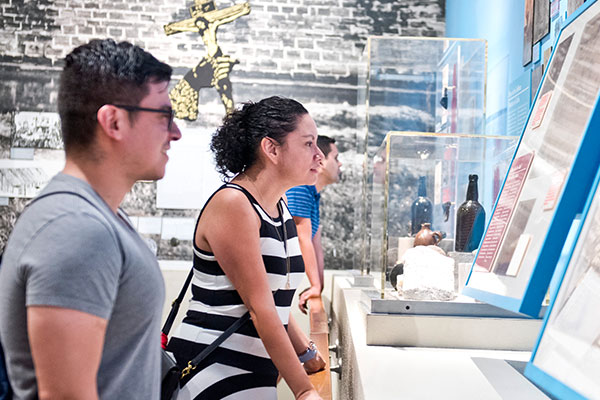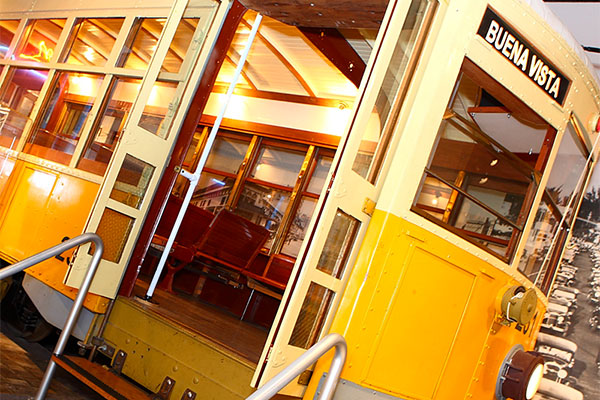Marisol Blanco is a dancer, teacher, and choreographer specializing in Afro Cuban folk and popular dances. Born in Havana to a family of musicians, she began dancing at age six. As a teenager, she taught and performed with various ensembles throughout Cuba. Breaking tradition, Marisol learned the batá drum and joined Obini Bata, Cuba’s first female percussion ensemble. After earning an MFA in Dance from the Cuban Superior Arts Institute in 2008, she moved to Miami. In 2009, she founded the Sikan Afro Cuban Dance Project, a dance company performing traditional dance across Florida and the United States. Marisol was honored with the Florida Folk Heritage Award in 2024.


Residency Programs
Family Fun Day: Cuban Carnival
Saturday, January 11
FREE
Demonstration: Cuban Dance Panorama
Saturday, February 22
FREE
Workshop: Afro Cuban Yoruba Dance
Saturday, March 22
Registration required
The following is from an interview HistoryMiami Museum conducted with Marisol Blanco in 2024.
What is your name and where are you from?
My name is Marisol Blanco Barrios. I was born in the municipality of Guanabacoa in Havana City.
Why did you move to Miami?
I moved to Miami to reunite with my family.
In which dance traditions do you specialize?
I specialize in Cuban Folklore Dances.
What can you tell us about the history of these traditions?
The history of Cuban folkloric dance is divided into four major groups: dances of African roots; Carnival dances and street dances from marginalized areas; Ballroom dances; and Countryside dances. Each dance has its specific music, costumes, and accessories in relation to time period, social customs, and geography.
Guanabacoa is home to multiple expressions of popular Cuban religions of African descent, a sign of the work accomplished by the first Yoruba priestesses. In adulthood, we increase our practice and study of the wealth of knowledge inherited from our ancestors. Folklore specialists are trained around popular tradition, and on the foundations of history, ethnology, and philosophy we connect present and past. We cultivate the identity of a nation from both worlds, the artistic and religious. Thanks to oral transmission we cultivate a legacy today.
How did you learn these dance traditions? Who taught you?
I was taught by my grandparents, and I come from a family of percussionist men. Later, I graduated from secondary, higher, and master art schools to increase the knowledge acquired within my family and develop it by dedicating myself to teaching and research.
Tell me the story of how the Sikan Afro Cuban Dance Project began.
It started as a community project to provide spiritual and moral support to the women of the community through dance. To this day, it continues with the same objectives but with much larger goals to share our experiences with the public.
What is the mission of Sikan Afro Cuban Dance Project?
We are a sisterhood connected by the love of dance. We embrace, promote, and cultivate the Cuban tradition.
What do you enjoy most about teaching these dances and traditions?
What I enjoy most is sharing with others the richness of my culture and providing them with support and joy. I smile with satisfaction and gratitude for my more than 28 years of artistic teaching.
What do you enjoy most about performing?
I am thankful for the opportunity to communicate and educate with pleasure, joy, and satisfaction through the art of dance.
Is there anything else you’d like to share?
Being a teacher has been the most beautiful gift life has given me. It has guided me through a path of arduous learning and memories, and it has given me the values of virtue, aptitude, and capacity for teaching.

Supported by the National Endowment for the Arts













